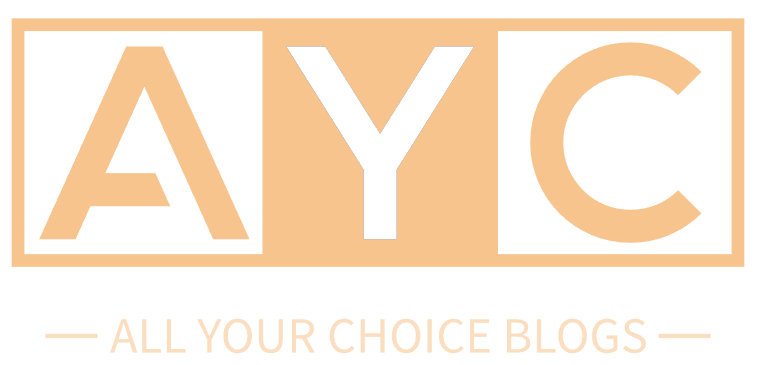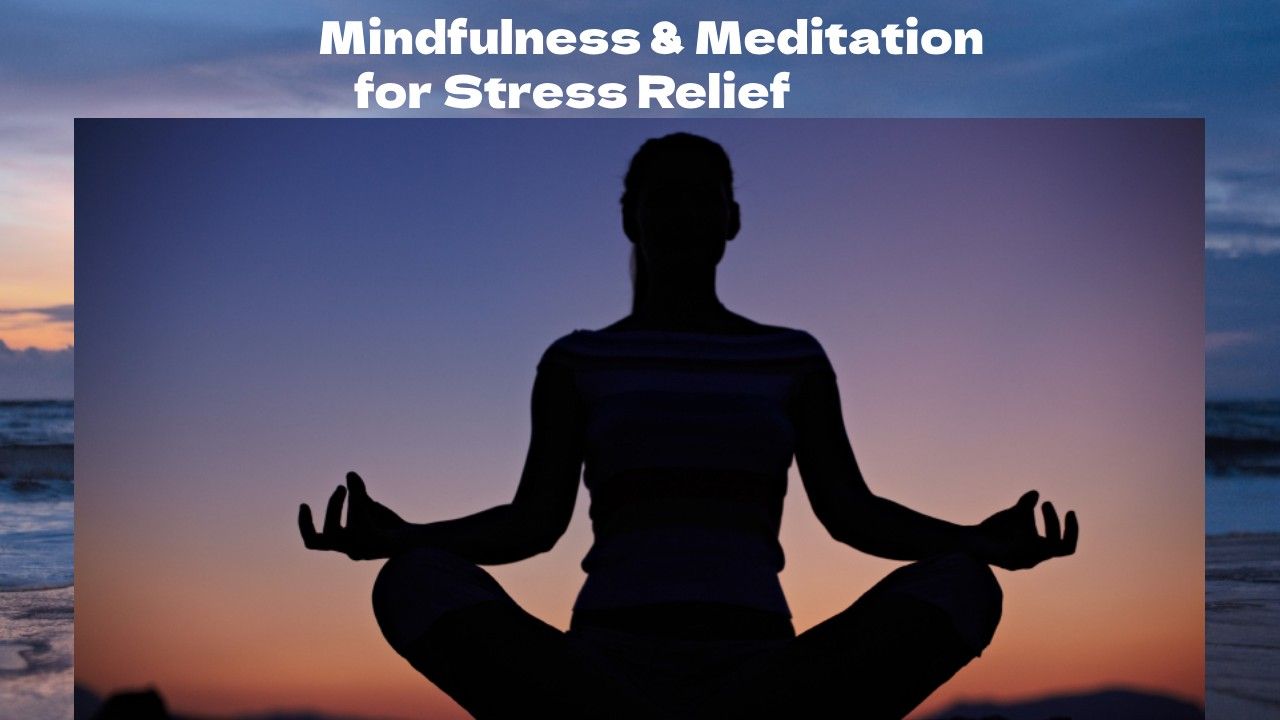Introduction
International Day of Yoga, became in June 21 in 2014, The United Nations recognized the physical and mental health advantages of yoga, an ancient Indian practice. When India’s Prime Minister Modi put out the idea in his 2014 UN speech, 177 countries backed it. andthe resolution was approved by the UN General Assembly with a unanimous vote. On June 21, 2015, prominent cities including New York, Paris, Beijing, Bangkok, Kuala Lumpur, Seoul, and New Delhi had events to commemorate the inaugural International Yoga Day.
Origin
During his September 2014 UN speech, Indian Prime Minister Narendra Modi proposed an annual International Day of Yoga for June 21. In many regions of the world, this day is particularly significant since it is the longest day of the year in the Northern Hemisphere. 2014 saw the UN endorse the idea, with consultations spearheaded by India’s representative. The Reserve Bank of India released a 10-rupee coin in 2015 to mark the first International Day of Yoga. To commemorate the occasion, the UN Postal Administration released ten stamps in April 2017 that featured yoga positions.
UN Declaration
At the United Nations General Assembly on December 11, 2014, India’s Permanent Representative Asoke Mukherji presented a draft resolution proposing an International Day of Yoga. It was adopted without a vote, with 177 Member States voting in favor of the proposal, an unprecedented number. Because of its unique significance globally. Prime Minister Modi selected June 21, which is the longest day of the year in the northern hemisphere. This day, according to Indian customs, signifies the change from the previous cycle to the Dakshinayana and is connected to Shiva, the creator yogi. In the wake of the resolution’s passage. Indian spiritual luminaries such as Ravi Shankar applauded the project and emphasized yoga’s formal UN endorsement.
In practice
June 21, 2015, was the inaugural International Day of Yoga, observed globally. The event was organised by the Ministry of AYUSH in India. 35,985 people—Prime Minister Modi and officials from 84 countries among them—performed 21 yoga postures for 35 minutes in New Delhi’s Rajpath, breaking records for both the largest yoga class and the number of participating countries. Since then, cities all throughout India and the world have hosted yearly events of a similar nature.
Reception
On June 21, 2015, millions of people, including Prime Minister Modi, practiced yoga on Delhi’s major thoroughfare as part of the inaugural International Yoga Day. Despite advocating for “peace and harmony,” the event was criticized for being a Hindu endeavor, which resulted in the elimination of contentious components like the singing of “Om” and Surya Namaskar. The money, according to critics, could be better spent somewhere else. Modi claimed that yoga is not a religious activity, but worries about its spiritual aspects remained despite the UN resolution’s popularity. Due to yoga’s secular popularity in the West. India’s efforts to get it acknowledged as a cultural legacy have encountered obstacles.








